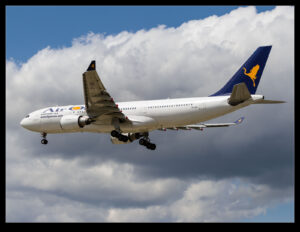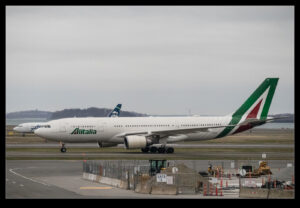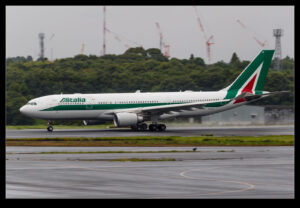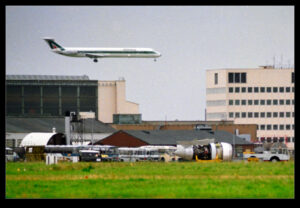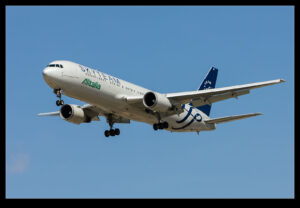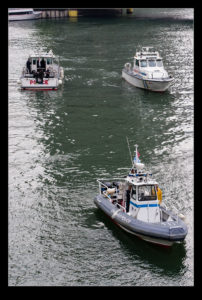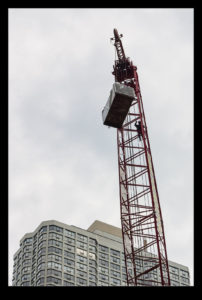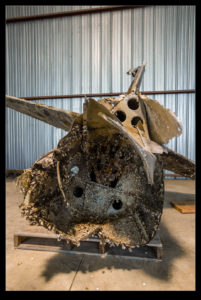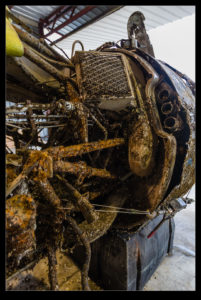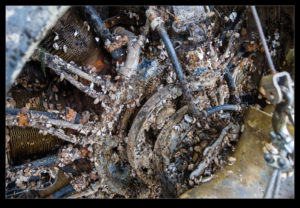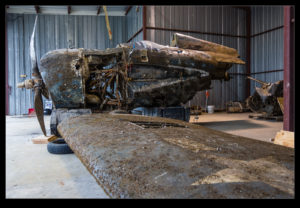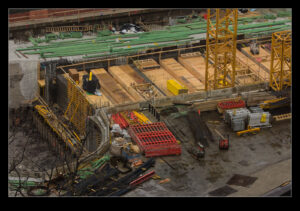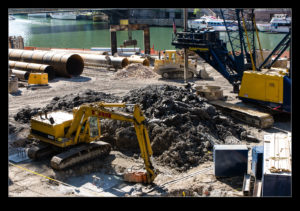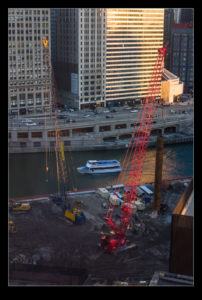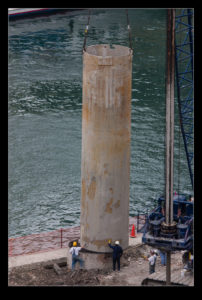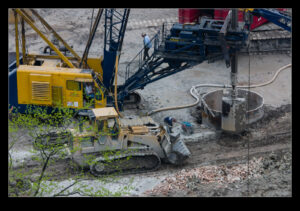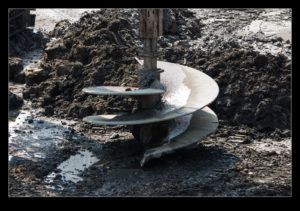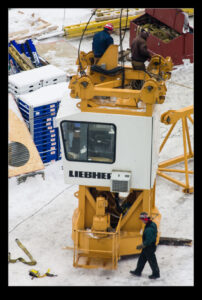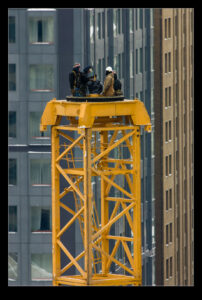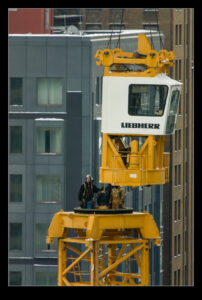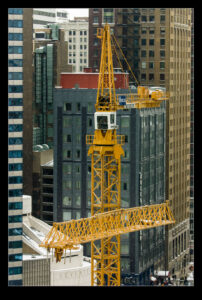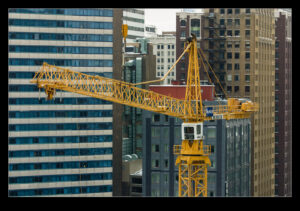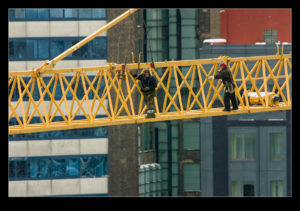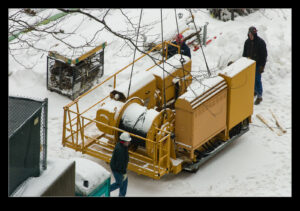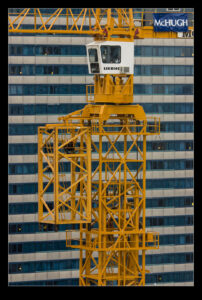 For some reason, I recently came back to an old photo I took of a Delta Connection CRJ900 as it climbed out of O’Hare. It had climbed right by the moon as it was rising in the eastern sky towards the end of the day. I had liked the photo at the time but now I was thinking about how to do a better job of editing it. Now I have been using the masking tools in Lightroom a lot more, I figured I could take different approaches for the jet and the background. The results were a lot better than my original efforts and I quite like how it now looks.
For some reason, I recently came back to an old photo I took of a Delta Connection CRJ900 as it climbed out of O’Hare. It had climbed right by the moon as it was rising in the eastern sky towards the end of the day. I had liked the photo at the time but now I was thinking about how to do a better job of editing it. Now I have been using the masking tools in Lightroom a lot more, I figured I could take different approaches for the jet and the background. The results were a lot better than my original efforts and I quite like how it now looks.
Category Archives: Chicago
United’s Oldest A320 Heads West
 I was reading a couple of articles that were discussing old jets getting retired. The original MD-11 was retired by FedEx and, when I checked my catalog, I didn’t have any shots of it. United has retired its oldest A320 so I looked for that one too. Turns out I did shoot it once. It was arriving at O’Hare and was painted in the colors of Ted – United’s short-lived low-cost airline. I guess the jet lasted longer than Ted did!
I was reading a couple of articles that were discussing old jets getting retired. The original MD-11 was retired by FedEx and, when I checked my catalog, I didn’t have any shots of it. United has retired its oldest A320 so I looked for that one too. Turns out I did shoot it once. It was arriving at O’Hare and was painted in the colors of Ted – United’s short-lived low-cost airline. I guess the jet lasted longer than Ted did!
Stormy Chicago Sky Revisited
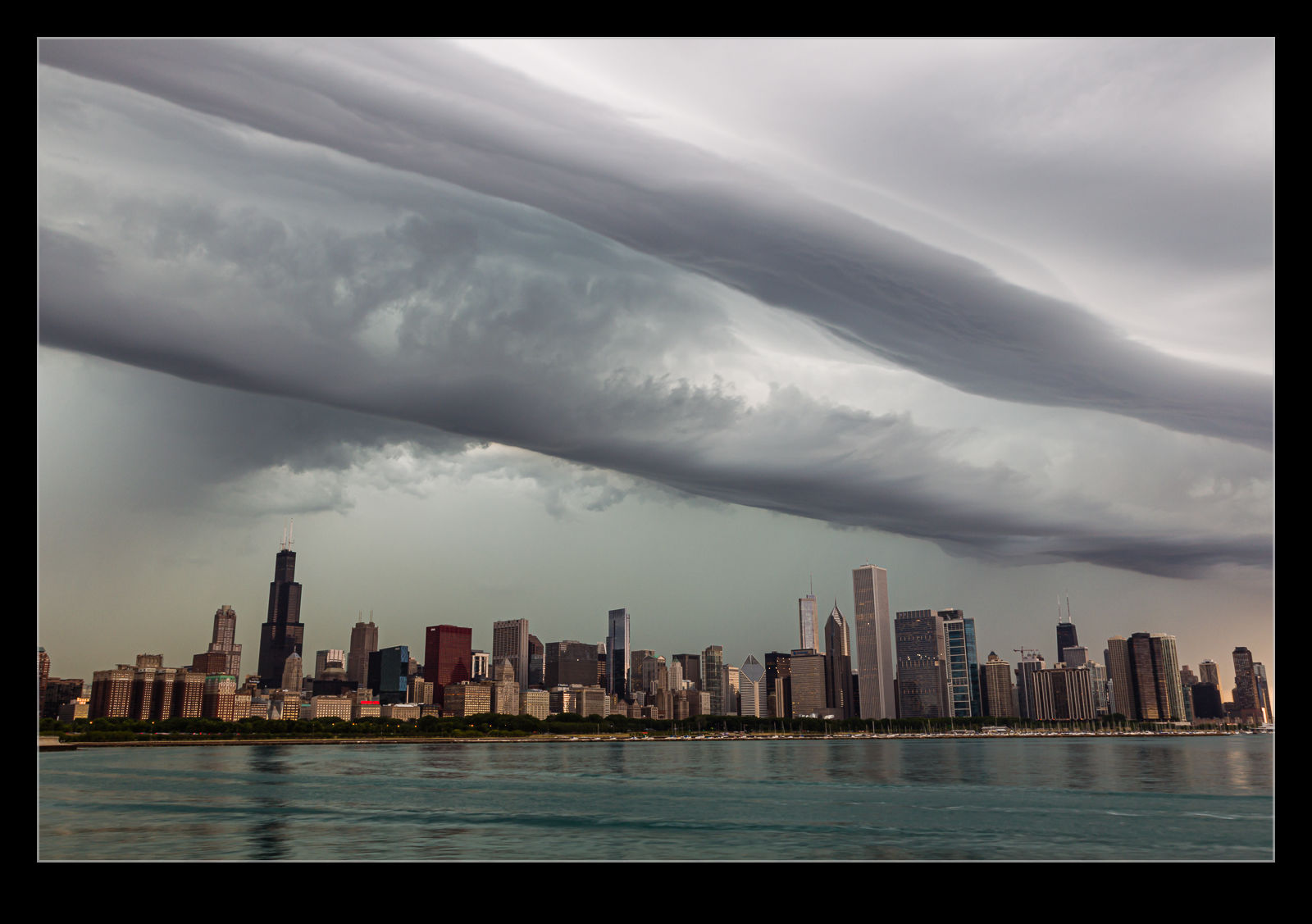 Living in the Midwest provided plenty of stormy weather days. The way in which the storms could brew up on warm afternoons was really impressive. I have always loved lightning and sometimes we got so much of it, you would stop paying attention. One afternoon, there was a storm forecast to roll across the city. I decided to head out to the planetarium since it has a great view of the city and I was hoping for lightning behind the skyline or maybe even on some of the high buildings. I am not sure whether it is a thing but it seemed like the lightning would be more prevalent at the leading and trailing edges of the storm so I was hoping to get shots before the rain made it no fun to be outside.
Living in the Midwest provided plenty of stormy weather days. The way in which the storms could brew up on warm afternoons was really impressive. I have always loved lightning and sometimes we got so much of it, you would stop paying attention. One afternoon, there was a storm forecast to roll across the city. I decided to head out to the planetarium since it has a great view of the city and I was hoping for lightning behind the skyline or maybe even on some of the high buildings. I am not sure whether it is a thing but it seemed like the lightning would be more prevalent at the leading and trailing edges of the storm so I was hoping to get shots before the rain made it no fun to be outside.
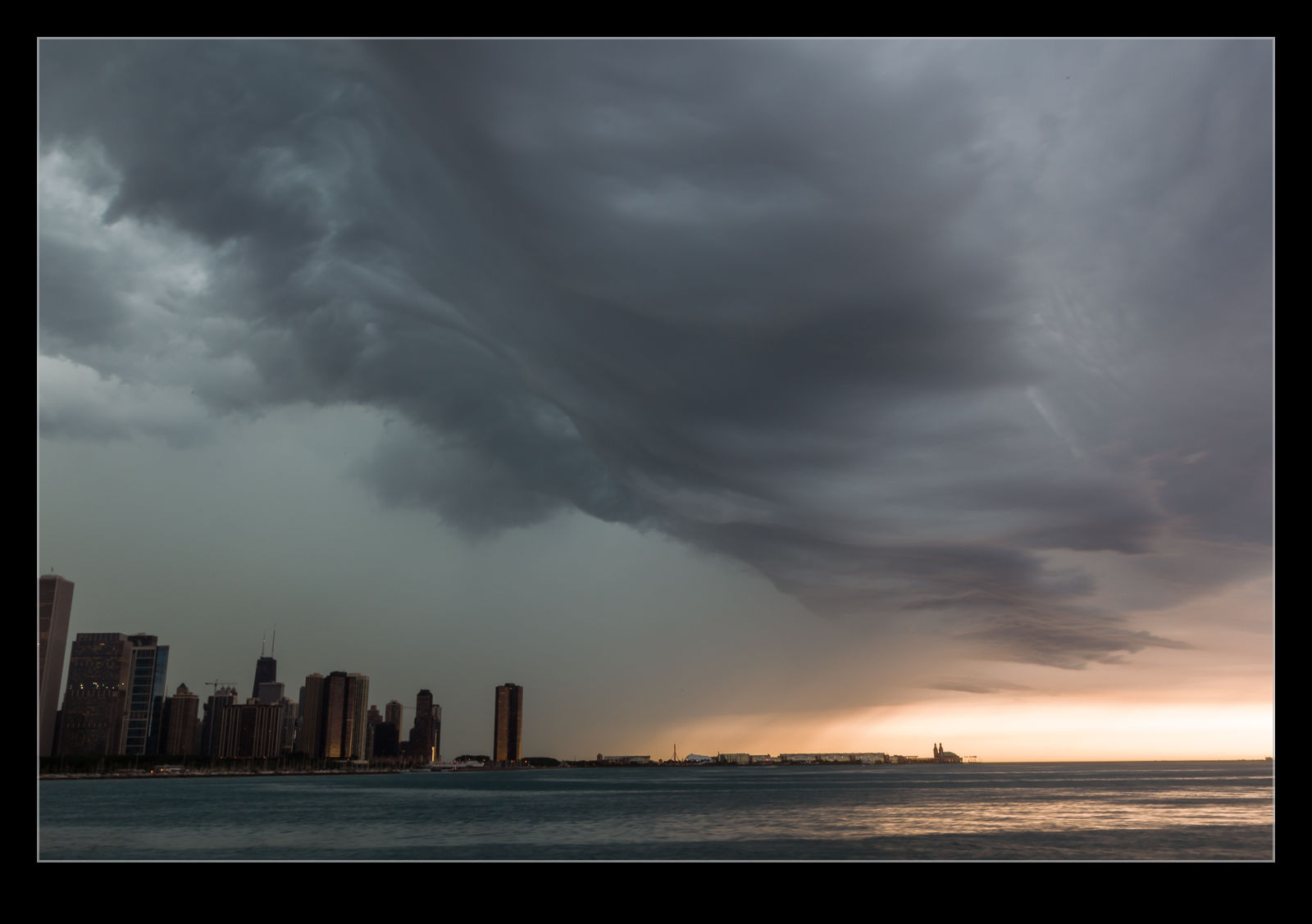 Things didn’t work out quite as planned and there wasn’t the lightning I was hoping for. However, I did get some amazing cloud formations rolling across the city. Watching this come towards me, it was hard to recognize that this wasn’t some CGI on a movie but was actually heading my way. It looked amazing. It wasn’t long before I retreated to the car once the rain showed up.
Things didn’t work out quite as planned and there wasn’t the lightning I was hoping for. However, I did get some amazing cloud formations rolling across the city. Watching this come towards me, it was hard to recognize that this wasn’t some CGI on a movie but was actually heading my way. It looked amazing. It wasn’t long before I retreated to the car once the rain showed up.
On another occasion, I was flying in to Midway. As we made the turn back towards the city after flying out over Lake Michigan, a really intense storm cell was sitting north of the city. It came into view as we turned and I videoed it with my phone. It was another beast of a storm, and it was probably rather damp underneath it.
QOTS Flashback and Gear Action
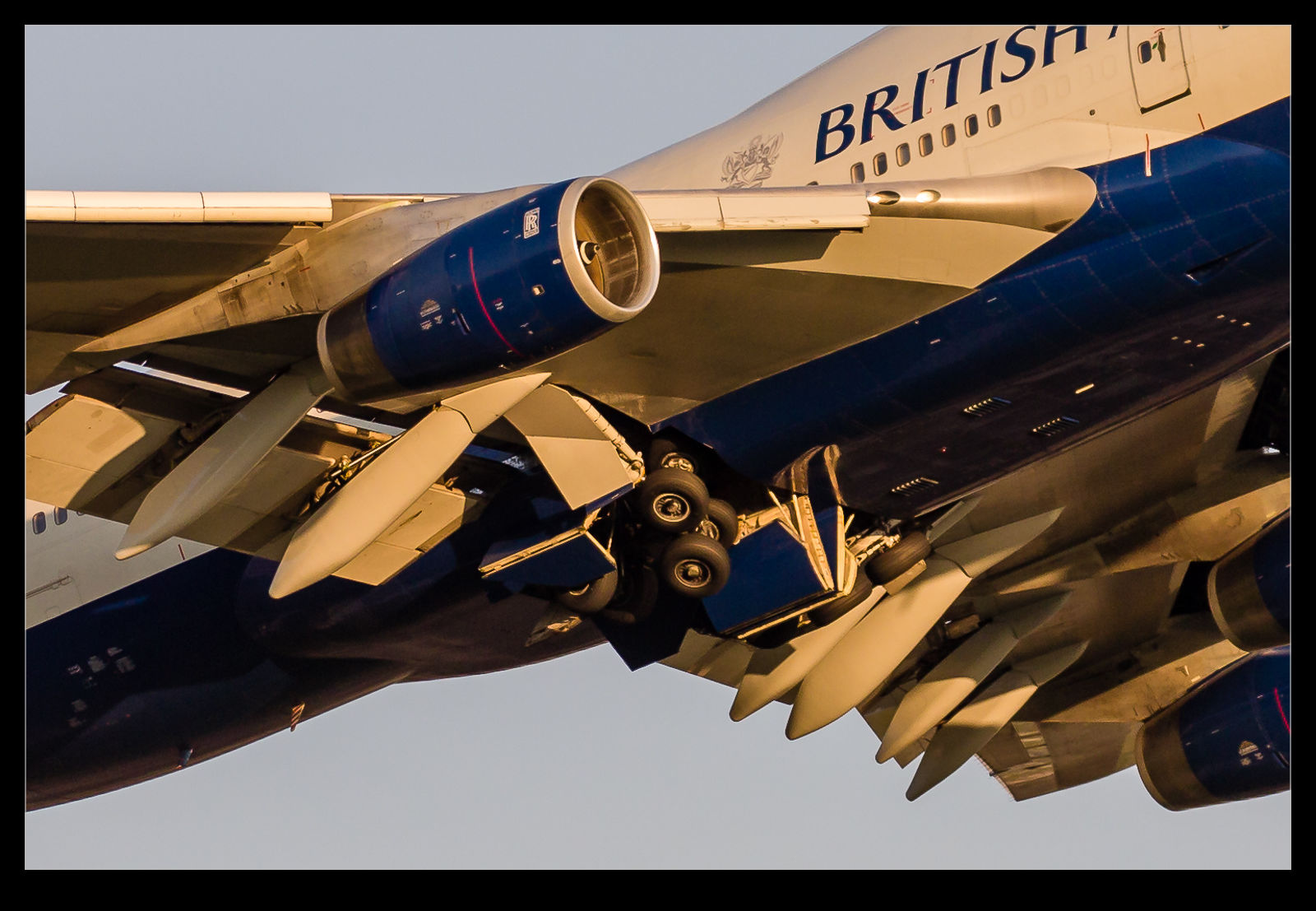 I was running back through some older shots while experimenting with some processing techniques and was looking at some British Airways 747-400 shots. With them now retired from BA service, it was a moment of reflection to see the shots again. It was also a departure sequence which meant there was a good view of the way in which the QOTS main gear tucked away. A cool looking sequence but a lot less common these days. Thank goodness for the freighters and the remaining passenger jets.
I was running back through some older shots while experimenting with some processing techniques and was looking at some British Airways 747-400 shots. With them now retired from BA service, it was a moment of reflection to see the shots again. It was also a departure sequence which meant there was a good view of the way in which the QOTS main gear tucked away. A cool looking sequence but a lot less common these days. Thank goodness for the freighters and the remaining passenger jets.
The Curves Are So Cool
 At quiet times, I browse through older shots to see what I have shot in the past that might not have been the most interesting subject of the shoot but was worth another look. I had been photographing with a bunch of guys at O’Hare a few years back as the evening was drawing in. We were out at the west side of O’Hare and the evening light was great. An Embraer E175-E1 took off and turned overhead us. The low light angles picked up the underside of the aircraft as it turned. The bottom of a wing has a lot of complex curvatures to it and the low light angle really emphasizes that shape. This shot really appealed to me for that reason.
At quiet times, I browse through older shots to see what I have shot in the past that might not have been the most interesting subject of the shoot but was worth another look. I had been photographing with a bunch of guys at O’Hare a few years back as the evening was drawing in. We were out at the west side of O’Hare and the evening light was great. An Embraer E175-E1 took off and turned overhead us. The low light angles picked up the underside of the aircraft as it turned. The bottom of a wing has a lot of complex curvatures to it and the low light angle really emphasizes that shape. This shot really appealed to me for that reason.
Goodbye Alitalia
 Airlines come and go but there are some that seem immortal, despite the fact that they really should have died. Alitalia was one such airline. It had gone through financial crisis after financial crisis. All sorts of EU rules were broken with the government propping the airline up and then they got support from another airline which probably regretted it very quickly. It now seems that they have finally gone. The failure of an airline is obviously traumatic for the people that work for it and I am genuinely sorry for them. However, Alitalia really needed to go. There is a new airline in Italy and they have bought the rights to the name. They paid less than half of the minimum bid that the people selling the rights said they would take. It looks like it was just to stop someone else using the name but we shall see. Let’s hope ITA is a better run operation.
Airlines come and go but there are some that seem immortal, despite the fact that they really should have died. Alitalia was one such airline. It had gone through financial crisis after financial crisis. All sorts of EU rules were broken with the government propping the airline up and then they got support from another airline which probably regretted it very quickly. It now seems that they have finally gone. The failure of an airline is obviously traumatic for the people that work for it and I am genuinely sorry for them. However, Alitalia really needed to go. There is a new airline in Italy and they have bought the rights to the name. They paid less than half of the minimum bid that the people selling the rights said they would take. It looks like it was just to stop someone else using the name but we shall see. Let’s hope ITA is a better run operation.
Circus Around the Potential Jumper
 Continuing the theme of the construction activities that went on around our apartment when we lived in Chicago, there was one day that was a little out of the ordinary. I had been for a walk in the afternoon and was coming back along Wabash when I saw a lot of people hanging around. Then I spotted the TV crews and a bunch of law enforcement.
Continuing the theme of the construction activities that went on around our apartment when we lived in Chicago, there was one day that was a little out of the ordinary. I had been for a walk in the afternoon and was coming back along Wabash when I saw a lot of people hanging around. Then I spotted the TV crews and a bunch of law enforcement.
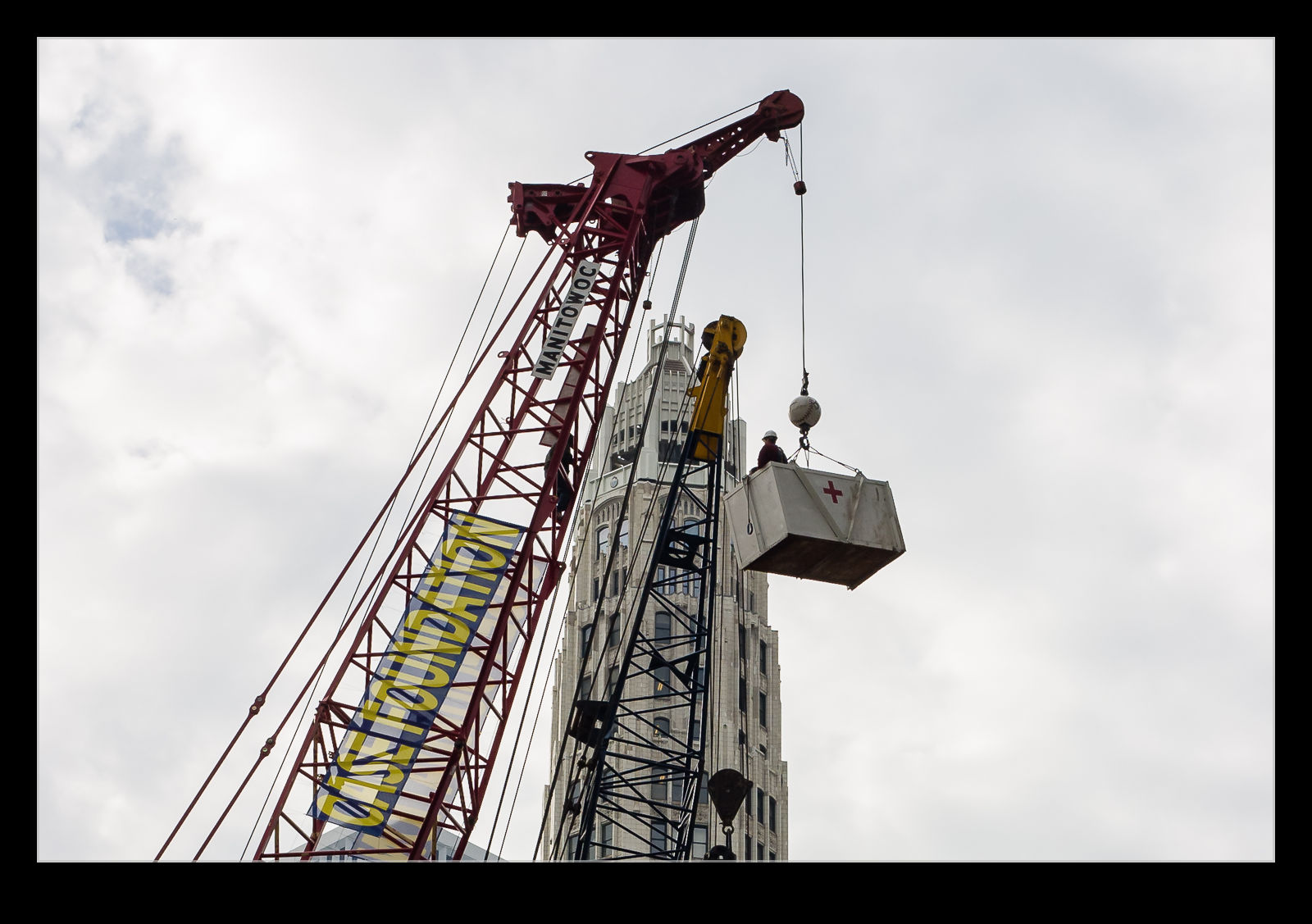 It turned out that someone had climbed one of the cranes and was threatening to jump. Everyone was waiting to see what happened. An inflatable mattress had been installed underneath the crane in case the person did jump but someone was working to talk them down. I had no interest in being around if things didn’t turn out well so, having seen what was going on, I went on my way. I don’t recall it being a big story later so assumed it all got resolved satisfactorily.
It turned out that someone had climbed one of the cranes and was threatening to jump. Everyone was waiting to see what happened. An inflatable mattress had been installed underneath the crane in case the person did jump but someone was working to talk them down. I had no interest in being around if things didn’t turn out well so, having seen what was going on, I went on my way. I don’t recall it being a big story later so assumed it all got resolved satisfactorily.
Wildcat Has Looked Better
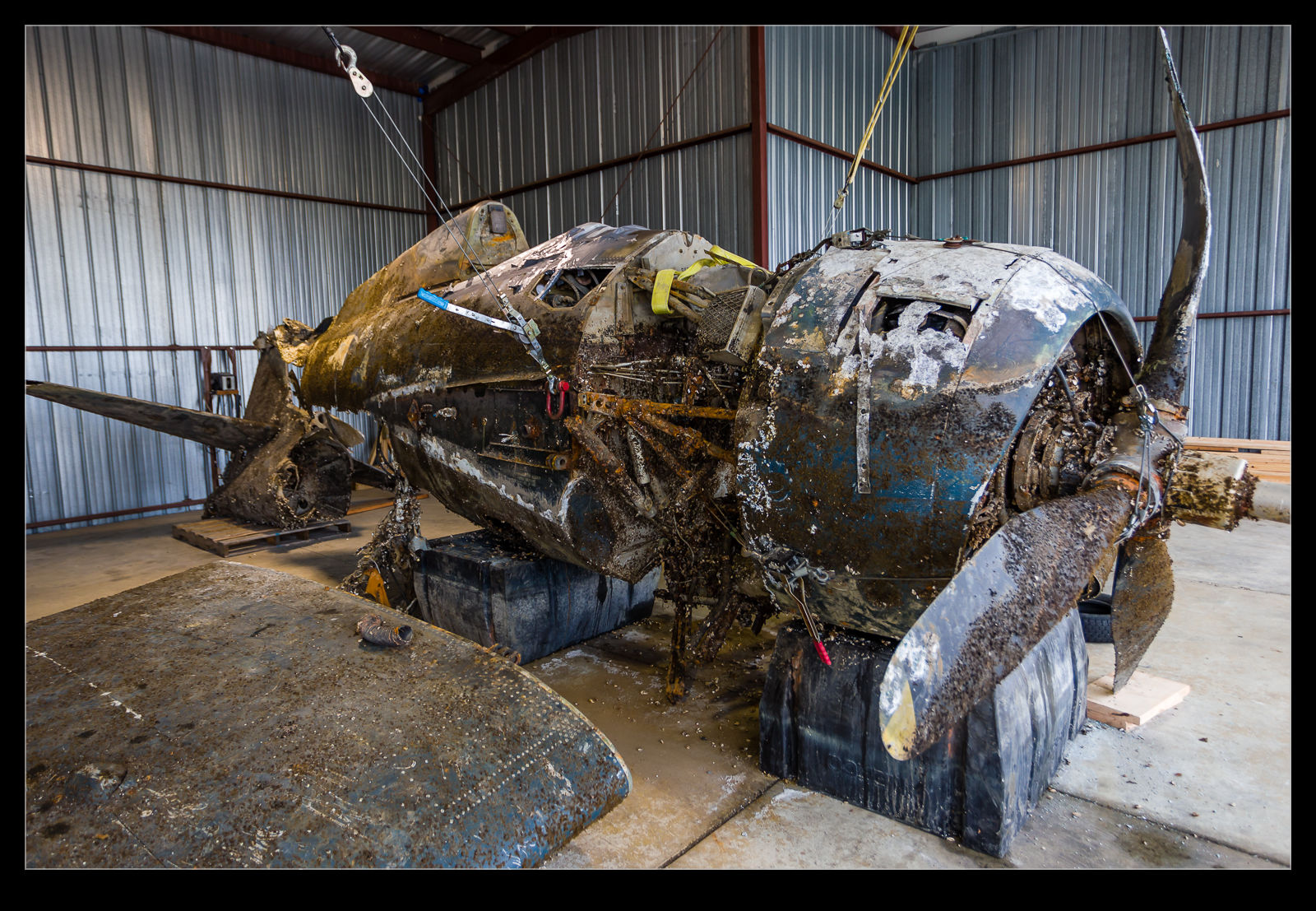 In 2012, A Grumman Wildcat was raised from the bottom of Lake Michigan. The lake has numerous wrecks scattered across it as a result of the training that was undertaken during the Second World War with students ditching their aircraft. Many have been raised over the years with some being restored to flight and others ending up in museums. The one that was raised in 2012 was the subject of a piece I put together for Global Aviation Magazine.
In 2012, A Grumman Wildcat was raised from the bottom of Lake Michigan. The lake has numerous wrecks scattered across it as a result of the training that was undertaken during the Second World War with students ditching their aircraft. Many have been raised over the years with some being restored to flight and others ending up in museums. The one that was raised in 2012 was the subject of a piece I put together for Global Aviation Magazine.
 The airframe was moved to a hangar under the control of Chuck Greenhill (who had financed the recovery) at Kenosha Airport after it was raised from the water and this was where I got to see it. Opening the hangar door was quite a shock because the smell was pretty overpowering. The airframe was covered in various creatures that had attached themselves over the years and they were not doing well in the air of the hangar. It was a tough smell initially. You got used to it a bit and having the hangar door open helped to get some fresh air in there.
The airframe was moved to a hangar under the control of Chuck Greenhill (who had financed the recovery) at Kenosha Airport after it was raised from the water and this was where I got to see it. Opening the hangar door was quite a shock because the smell was pretty overpowering. The airframe was covered in various creatures that had attached themselves over the years and they were not doing well in the air of the hangar. It was a tough smell initially. You got used to it a bit and having the hangar door open helped to get some fresh air in there.
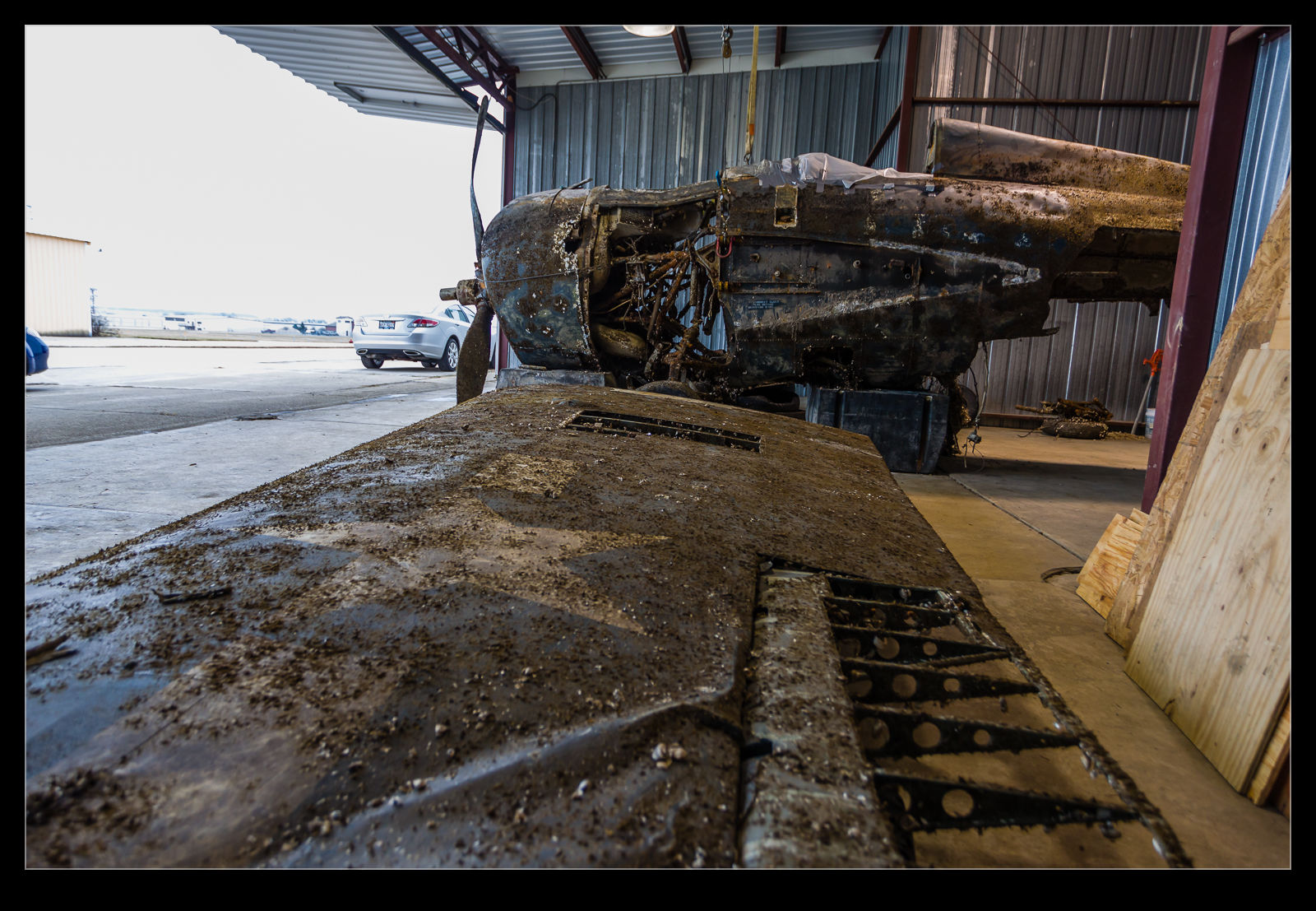 The airframe was in several parts. The wings were laid out in place and the tail section, which had separated at some point during the accident, was laid out behind it all. Obviously, there was lots of damage to the aircraft given that it originally had crashed and then spent decades underwater. The recovery process was delicate to avoid inflicting any further damage.
The airframe was in several parts. The wings were laid out in place and the tail section, which had separated at some point during the accident, was laid out behind it all. Obviously, there was lots of damage to the aircraft given that it originally had crashed and then spent decades underwater. The recovery process was delicate to avoid inflicting any further damage.
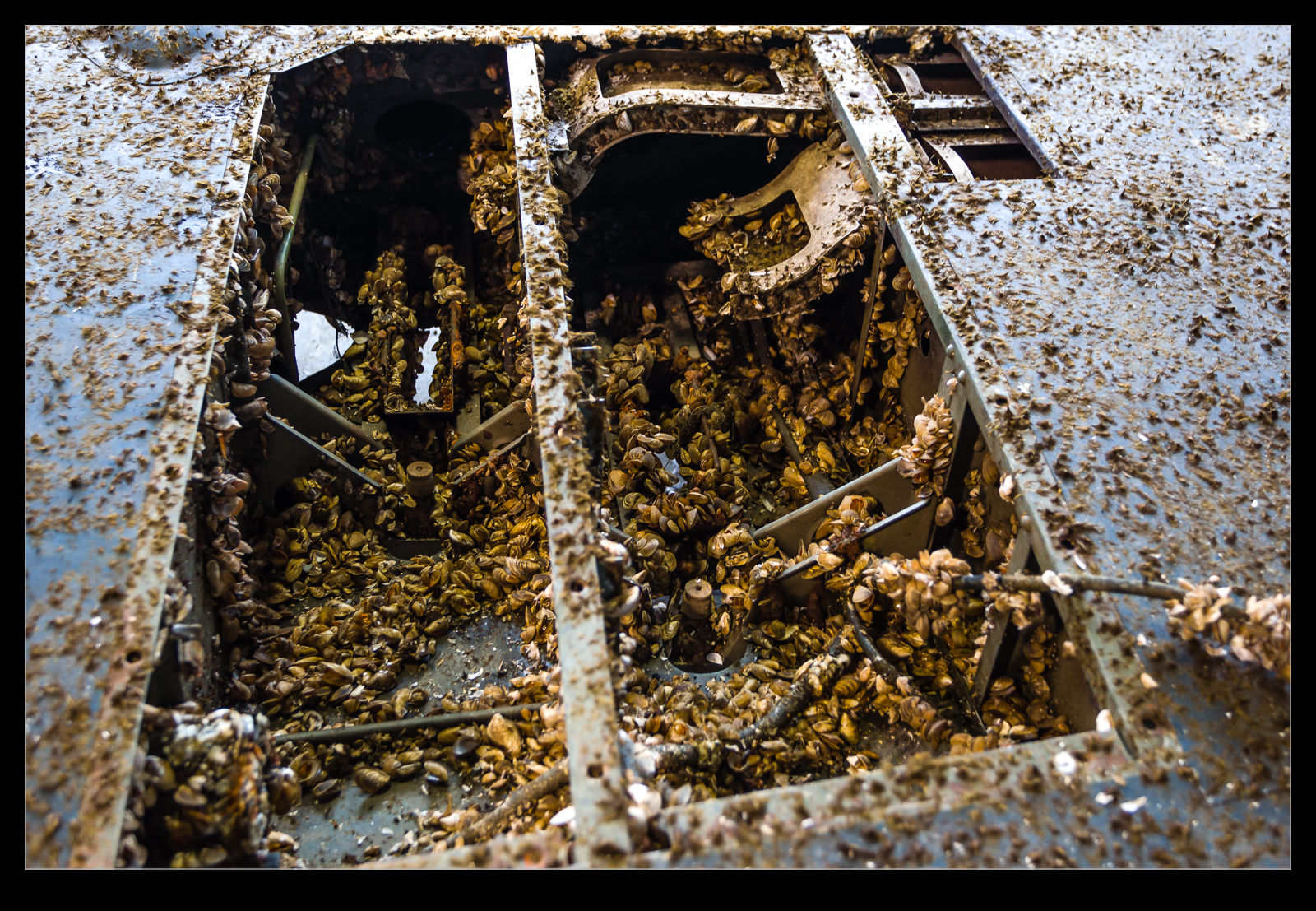 The airframe remains the property of the US Navy. It was originally going to go to Pensacola for restoration but ended up going to the Air Zoo in Kalamazoo MI in the end. It is currently undergoing restoration there.
The airframe remains the property of the US Navy. It was originally going to go to Pensacola for restoration but ended up going to the Air Zoo in Kalamazoo MI in the end. It is currently undergoing restoration there.
Foundations for a Tall Building
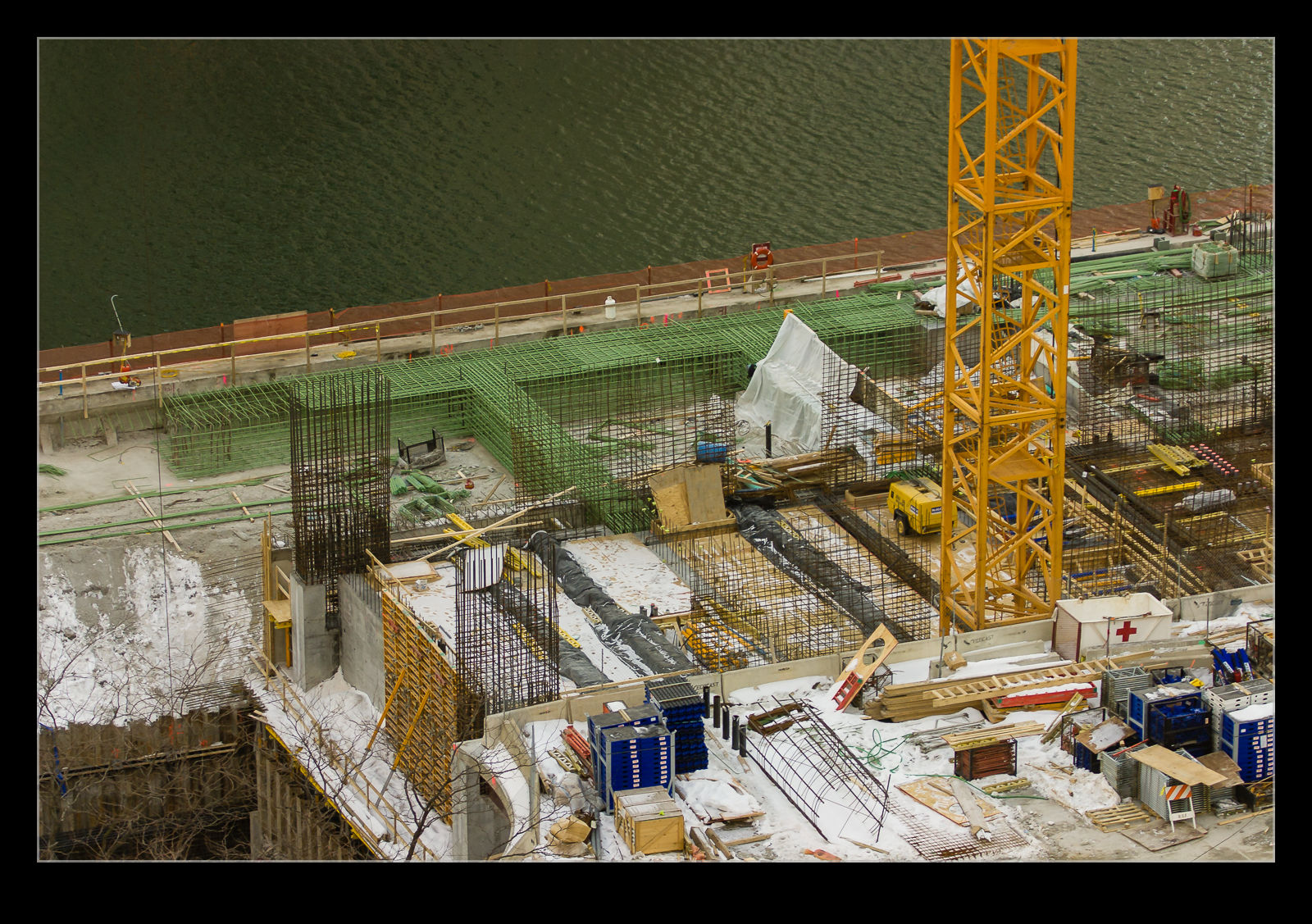 I have already posted a couple of times about the construction next to our old apartment in Chicago. The demolition of the Sun Times building was here and the removal and replacement of Wabash Avenue was here. This was all associated with the construction of the new tower. Since the plot on which this tower was going to be built was pretty small, it couldn’t be a traditional steel frame skyscraper. The provide the stiffness needed for such a slender tower, it had to be constructed of concrete.
I have already posted a couple of times about the construction next to our old apartment in Chicago. The demolition of the Sun Times building was here and the removal and replacement of Wabash Avenue was here. This was all associated with the construction of the new tower. Since the plot on which this tower was going to be built was pretty small, it couldn’t be a traditional steel frame skyscraper. The provide the stiffness needed for such a slender tower, it had to be constructed of concrete.
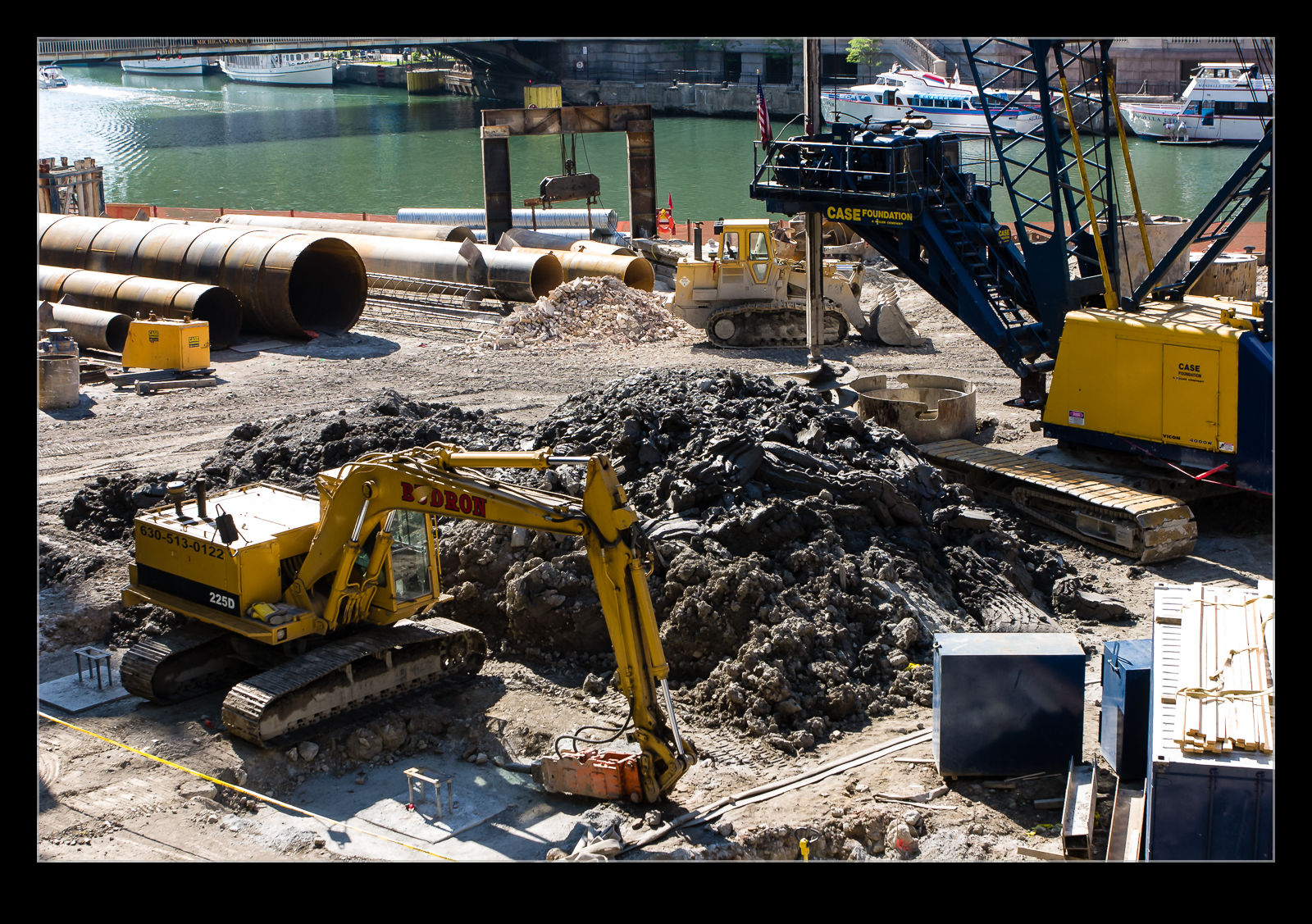 This required a substantial foundation. First was the need to clear out the old foundations. The Sun Times building had been constructed on top of a ton of piles that were timber poles driven in to the ground. These all had to come out before anything else could be done. Tons of them would be lying around at various times as they were pulled out prior to being taken away.
This required a substantial foundation. First was the need to clear out the old foundations. The Sun Times building had been constructed on top of a ton of piles that were timber poles driven in to the ground. These all had to come out before anything else could be done. Tons of them would be lying around at various times as they were pulled out prior to being taken away.
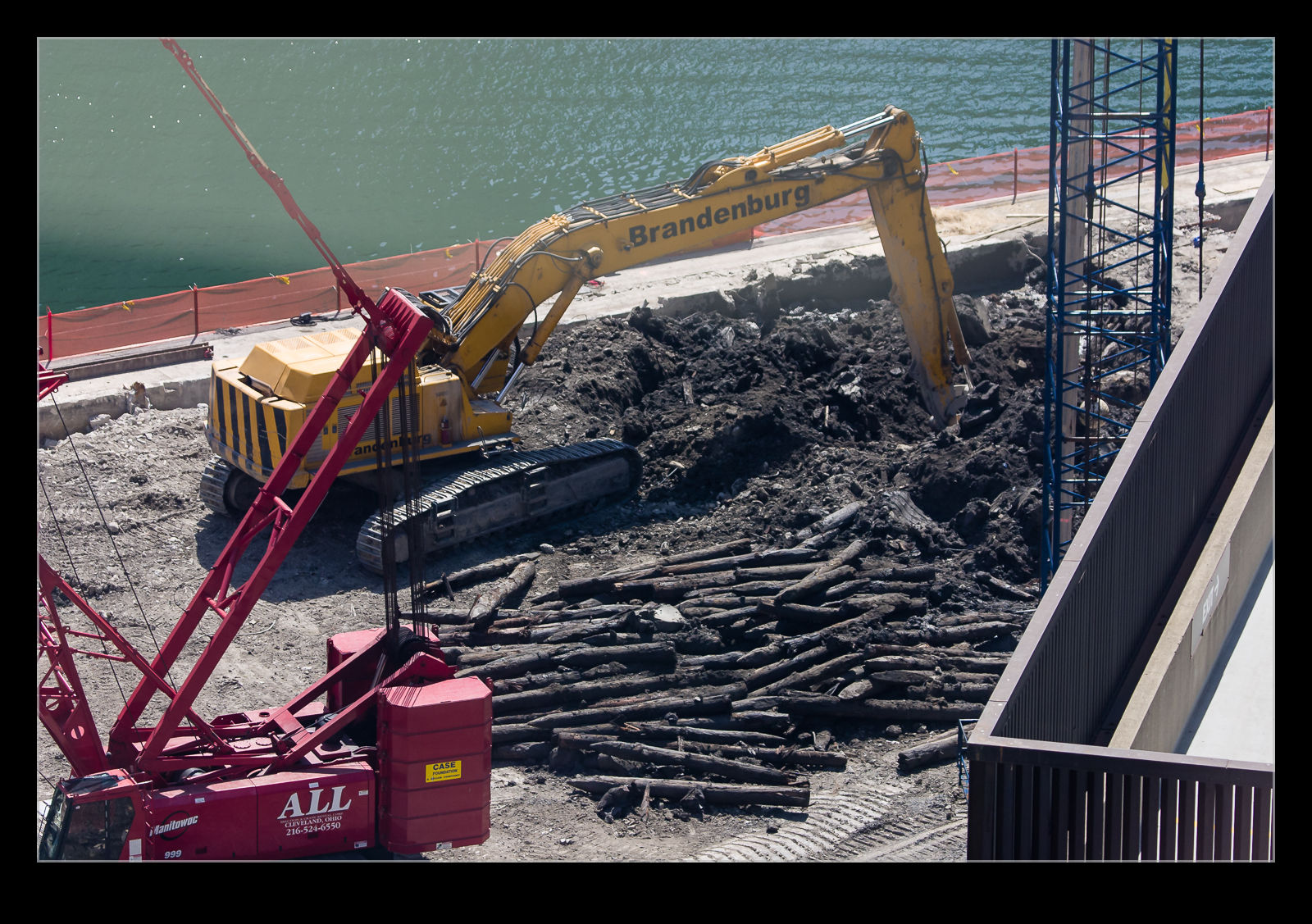 Next was the need to drill down for the new piles. I seem to recall that they went down about 130 feet but my memory may be off on that. Some of the piles were really wide while others were slightly narrower. Larger drills would take out the earth and then steels cylinders would be inserted in to the whole. Rebar reinforcements would be inserted before the concrete could be poured in to make the final pile. This process was repeated across the site over a course of months.
Next was the need to drill down for the new piles. I seem to recall that they went down about 130 feet but my memory may be off on that. Some of the piles were really wide while others were slightly narrower. Larger drills would take out the earth and then steels cylinders would be inserted in to the whole. Rebar reinforcements would be inserted before the concrete could be poured in to make the final pile. This process was repeated across the site over a course of months.
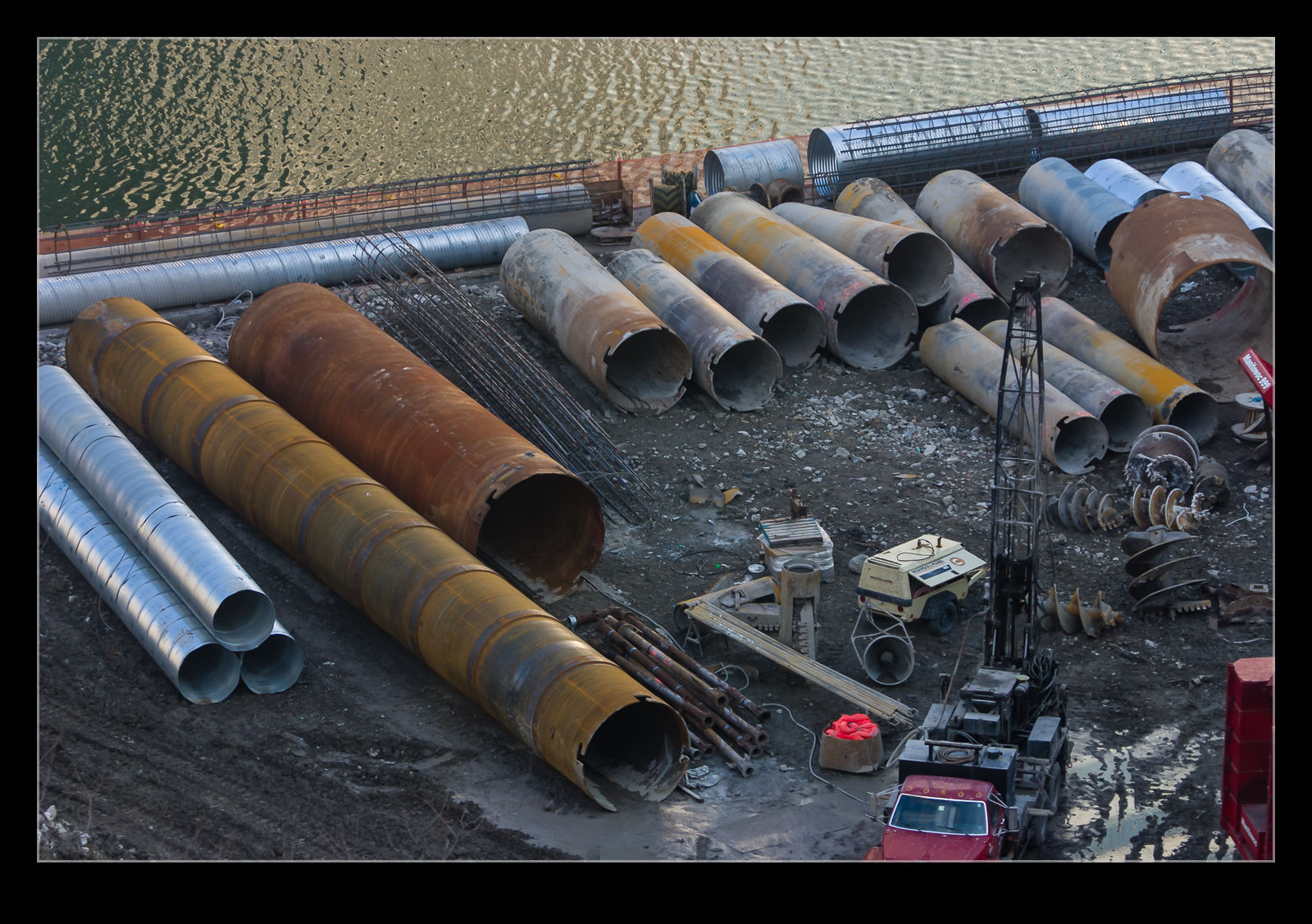 All of this was the precursor to the main foundation. The building was built on top of a concrete raft. This sat on top of all of the piles. It was a single pour. The whole pour took about 48 hours. A steady stream of trucks brought the concrete in from a mixing plant a couple of miles away. The mix was a special high strength one and each truck was tested as it arrived. Pouring such a volume of concrete continuously required great care because the material generates heat as it sets and there was constant monitoring to ensure that the overall temperature remained within range. Once they started, they couldn’t stop.
All of this was the precursor to the main foundation. The building was built on top of a concrete raft. This sat on top of all of the piles. It was a single pour. The whole pour took about 48 hours. A steady stream of trucks brought the concrete in from a mixing plant a couple of miles away. The mix was a special high strength one and each truck was tested as it arrived. Pouring such a volume of concrete continuously required great care because the material generates heat as it sets and there was constant monitoring to ensure that the overall temperature remained within range. Once they started, they couldn’t stop.
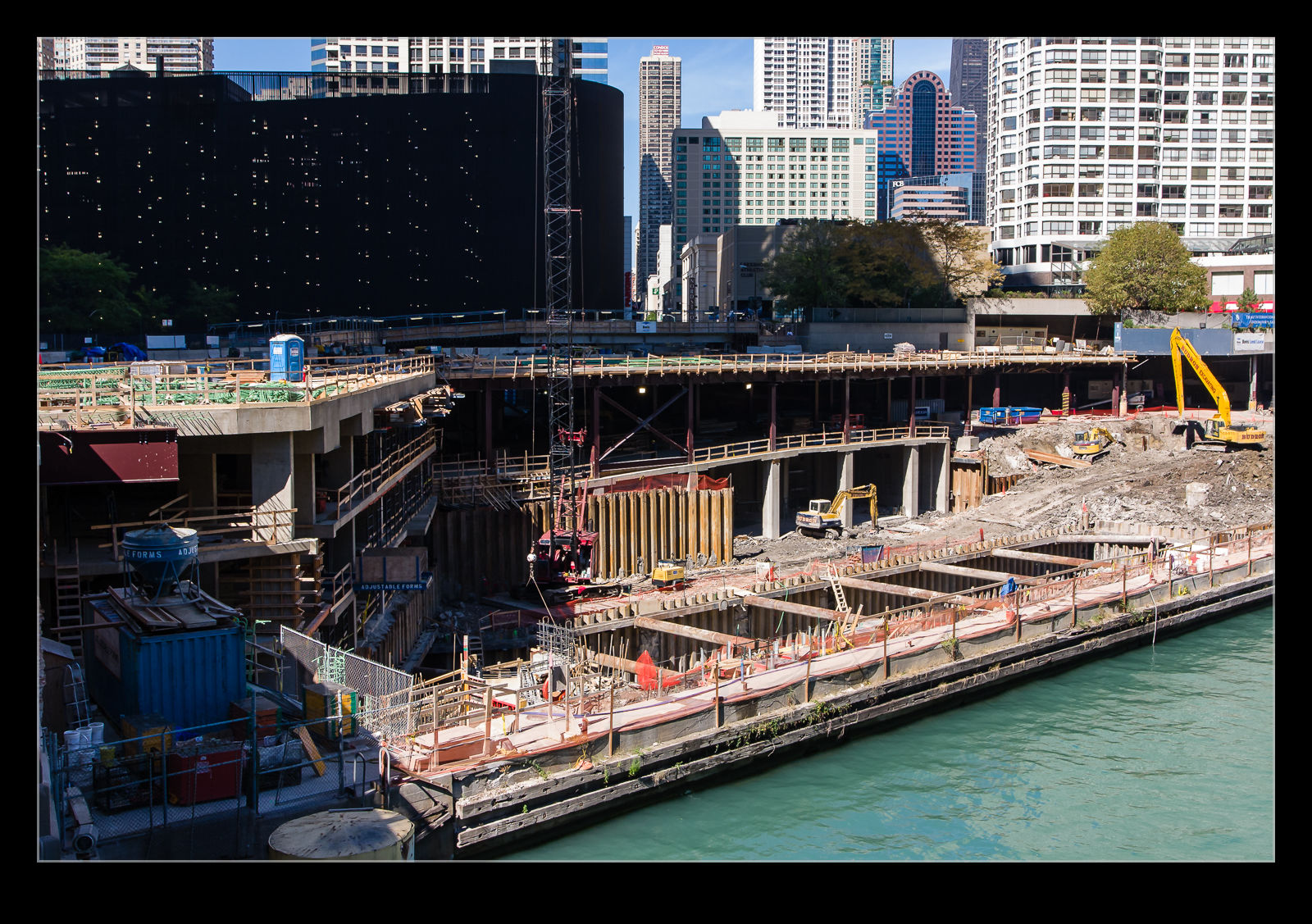 The whole thing apparently went to plan and the result was a large concrete base on which the rest of the construction effort would build. After months of preparation, finally it was time for things to start going up again.
The whole thing apparently went to plan and the result was a large concrete base on which the rest of the construction effort would build. After months of preparation, finally it was time for things to start going up again.
Building a Tower Crane
 Tower cranes are ubiquitous in big cities. The only way to construct tall buildings, there are the sign of a prosperous city when there are lots of them. They can be a nuisance when you are taking photos of a skyline of course since they interrupt the flow of a cityscape. You seen them all the time but you don’t often get to see how one is assembled. When we were watching the tower construction across from our building in Chicago, we got to see the cranes being put together.
Tower cranes are ubiquitous in big cities. The only way to construct tall buildings, there are the sign of a prosperous city when there are lots of them. They can be a nuisance when you are taking photos of a skyline of course since they interrupt the flow of a cityscape. You seen them all the time but you don’t often get to see how one is assembled. When we were watching the tower construction across from our building in Chicago, we got to see the cranes being put together.
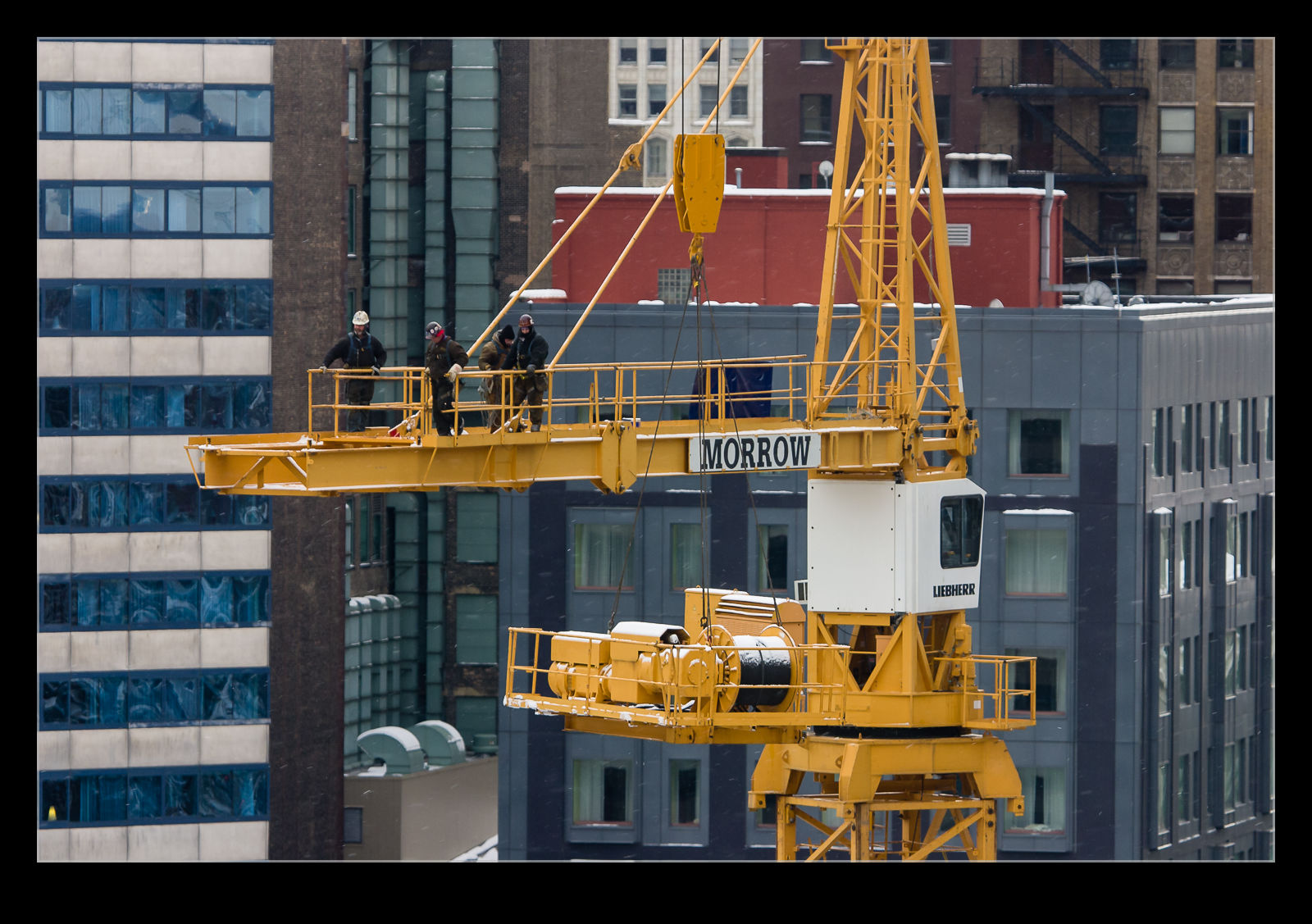 The first thing that is needed is a big crane! Got to have a crane to make a crane! The base was put in place and then the cab was lifted into place. From this, the elements of both booms were lifted and attached. Then the counterbalance weights could be added along with the machinery to do the lifting work. It was fun to watch it all go together and to see the guys walking around on the structure once it was in place including all of the bracing elements. Once the crane is complete, there is a sleeve section that allows the inner section to be slide up and a new section to be inserted.
The first thing that is needed is a big crane! Got to have a crane to make a crane! The base was put in place and then the cab was lifted into place. From this, the elements of both booms were lifted and attached. Then the counterbalance weights could be added along with the machinery to do the lifting work. It was fun to watch it all go together and to see the guys walking around on the structure once it was in place including all of the bracing elements. Once the crane is complete, there is a sleeve section that allows the inner section to be slide up and a new section to be inserted.
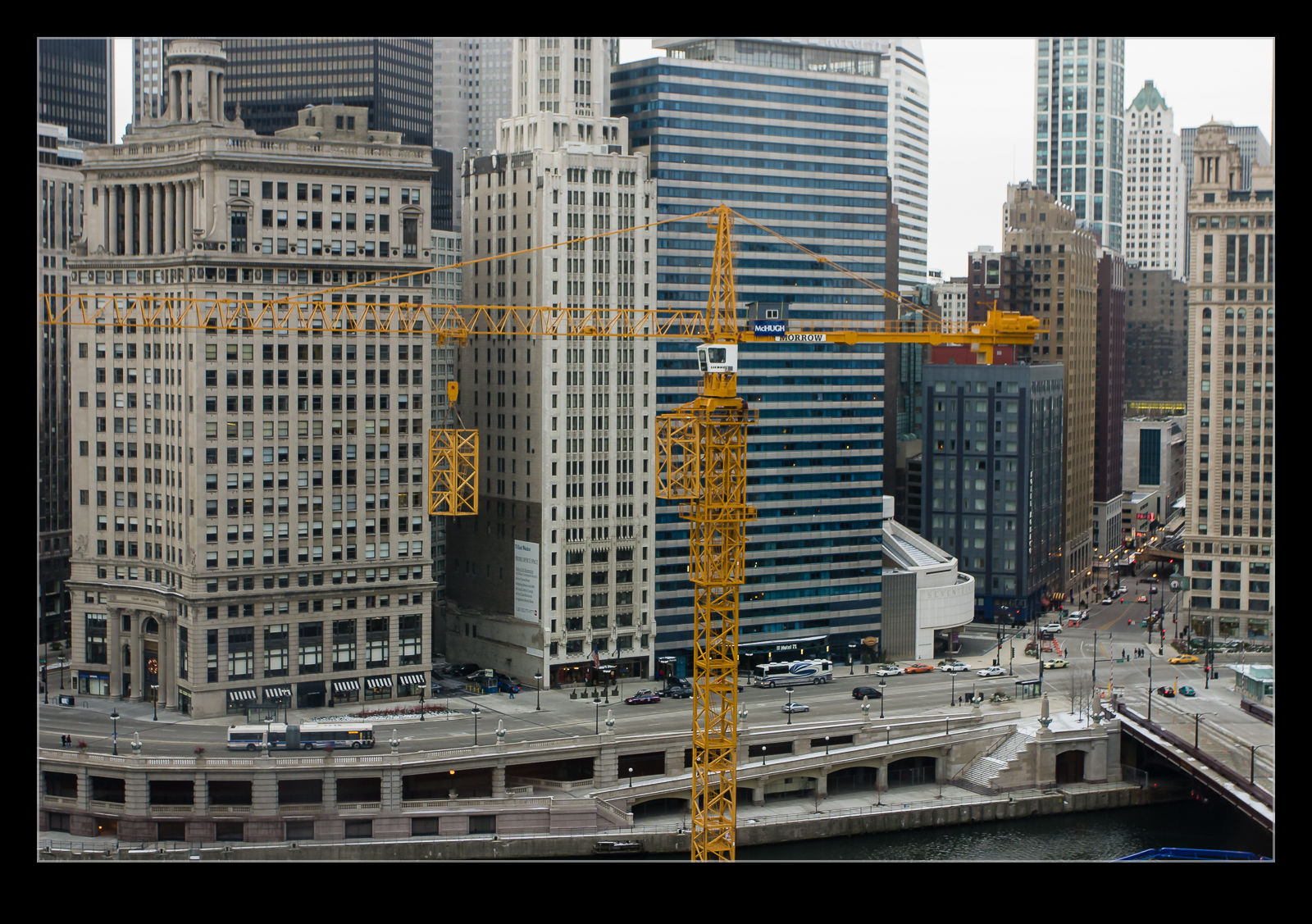 Two cranes were built for this project. They were both within the footprint of the building so it grew around them and they grew above it. There was never terribly much of the crane exposed above the building so it was well supported. One of the crane operators on this project used to take his camera up. He had a great selection of images from up there with all sorts of things going on a round him and some incredibly variable weather. I will have to see whether those images are still available online.
Two cranes were built for this project. They were both within the footprint of the building so it grew around them and they grew above it. There was never terribly much of the crane exposed above the building so it was well supported. One of the crane operators on this project used to take his camera up. He had a great selection of images from up there with all sorts of things going on a round him and some incredibly variable weather. I will have to see whether those images are still available online.



